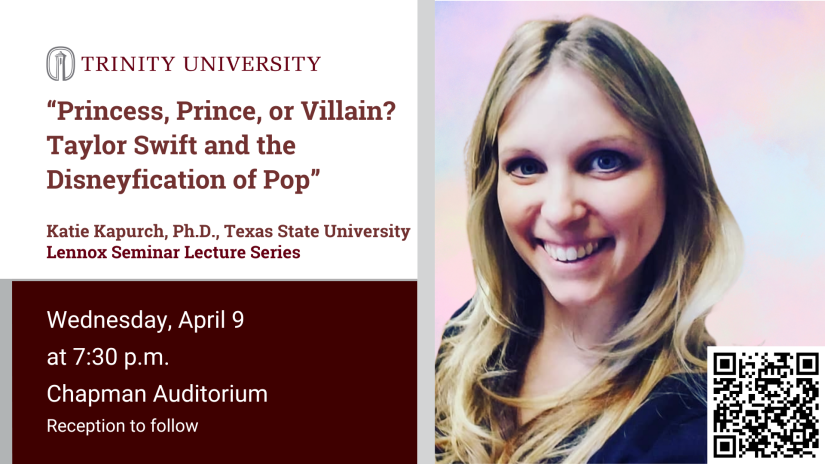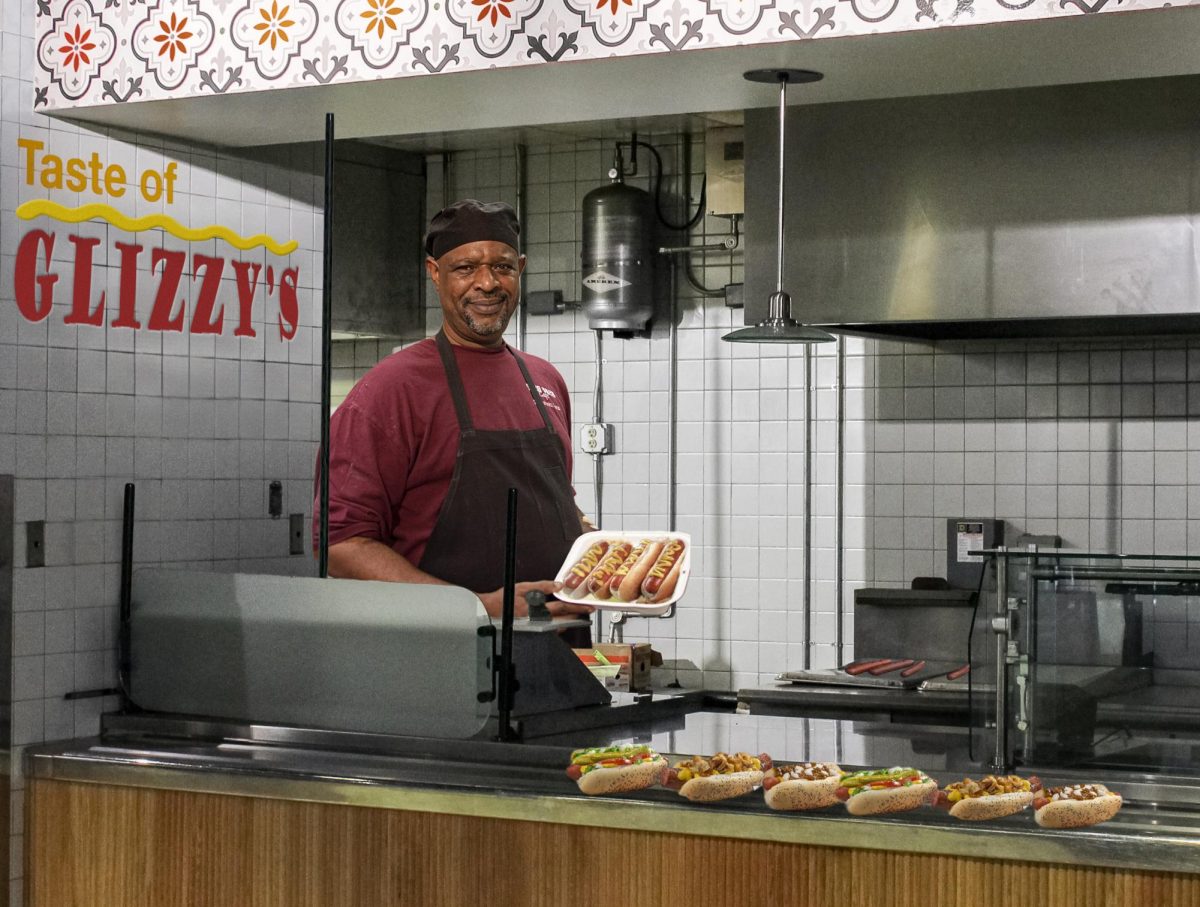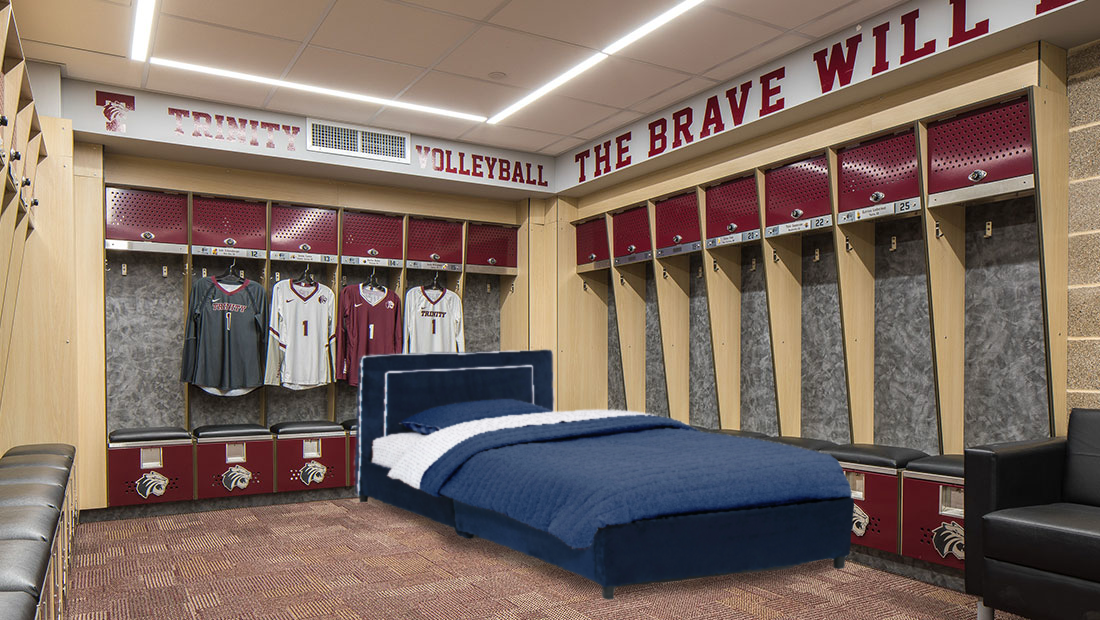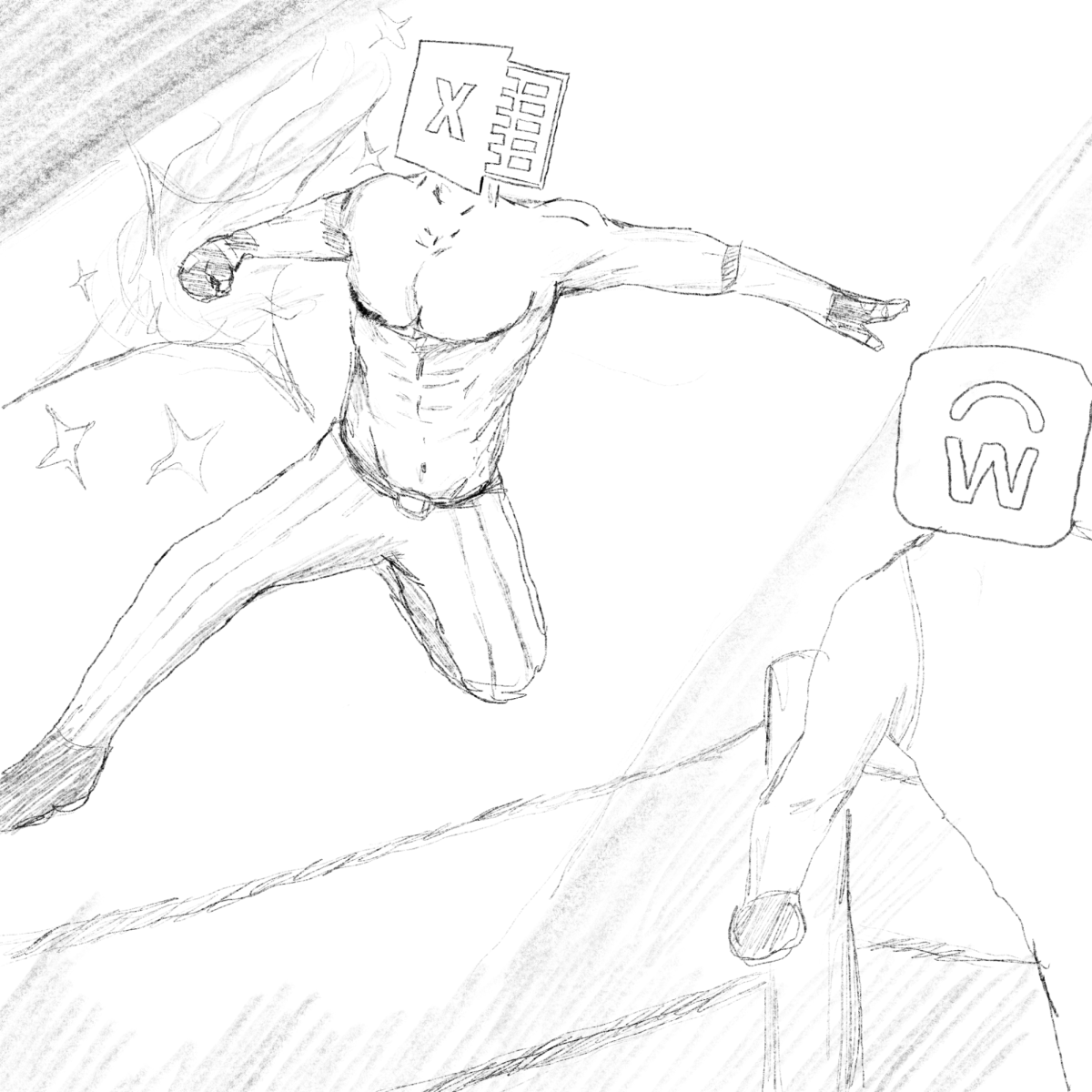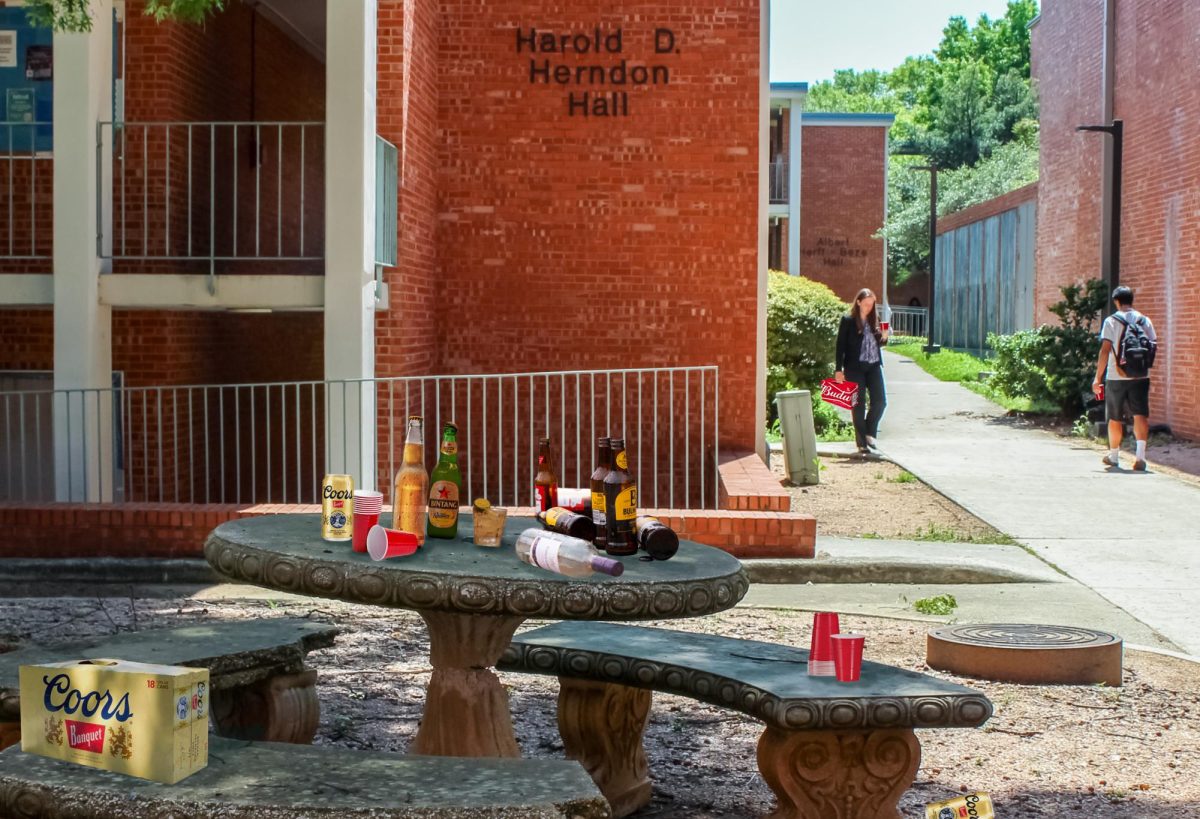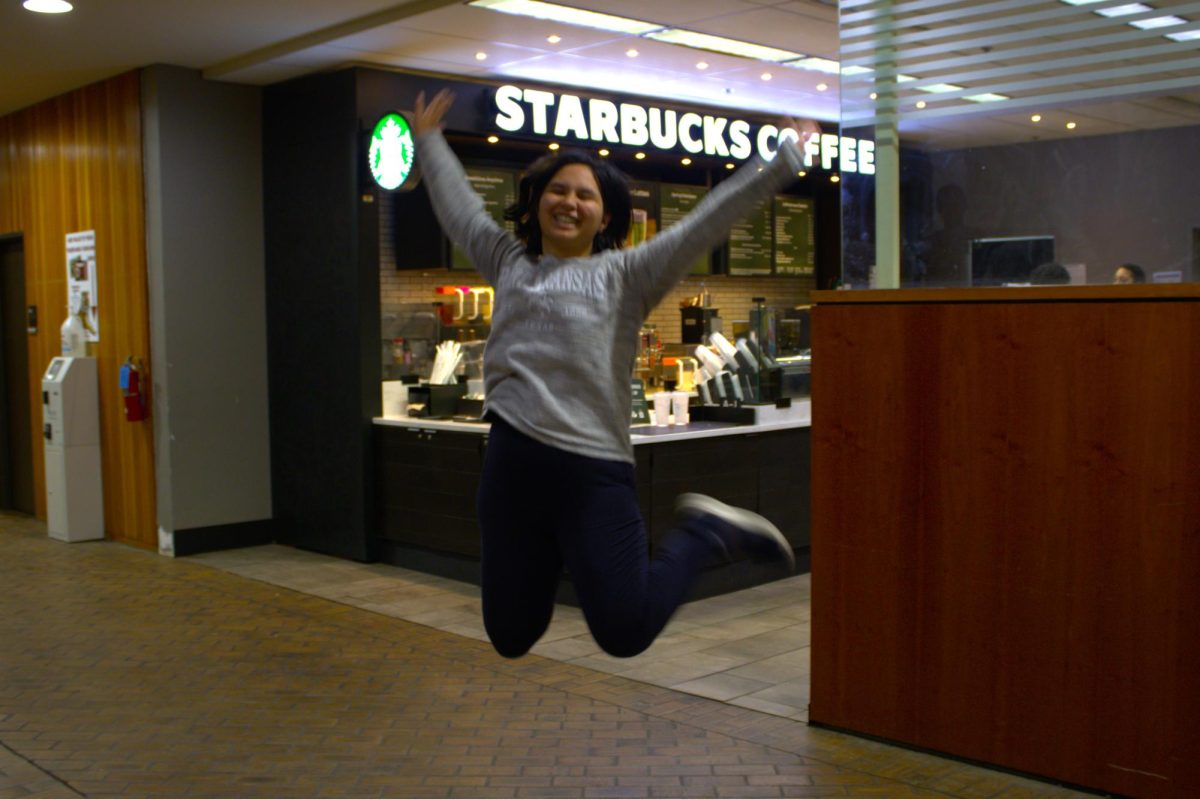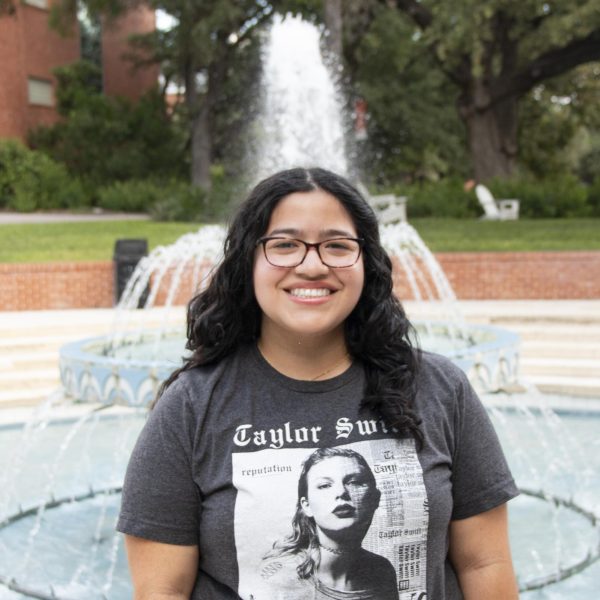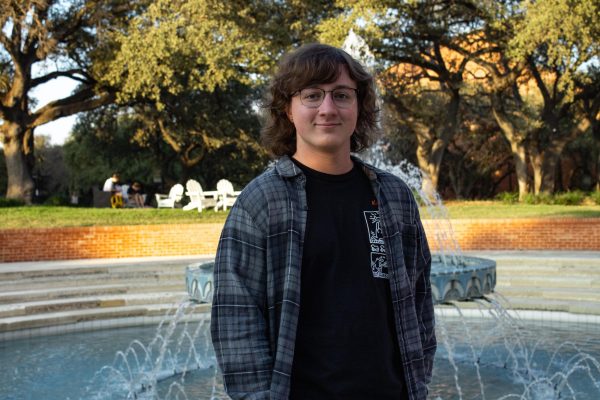President Vanessa Beasley announced Trinity’s new strategic plan, “Ready. Set. Rise,” and their fundraising campaign, “Our Time,” in an email to Trinity students on Feb. 21. Beasley offered links to each strategic priority and its action items, which explain its purpose.
The strategic plan serves as a guideline for the university’s future direction and will take action in Fall 2028. However, students will see some changes in 2027.
Action items in the strategic plan include the creation of an office of undergraduate research and an office of community relations. There is an incentive for interdisciplinary research, with Trinity providing funding to faculty who partner across two or more departments. To connect Trinity to the local community, the university will pilot reliable transit options for the campus community by using existing or newly developed modes of local transportation.
The plan contains 16 action items divided into four strategic priorities: strengthening student-focused education, cultivating character-driven leaders, reimagining university spaces and connection and sharing a destination of choice. More information about each strategic priority and its action items can be found at trinity.edu/strategicplan.
The planning process for “Ready. Set. Rise.” began in summer 2023. In March 2024, Trinity commissioned four faculty and staff working groups from different campus departments to speak on what areas Trinity could improve on. The groups created a list and narrowed it down to five items, which they then presented to the Board of Trustees in May 2024.
Trinity then passed these ideas down to activation groups, where the members translated the ideas into clear objectives, conducted research and set Key Performance Indicators before announcing the plan to the public this February. While sixteen action items may not seem like a lot, Dennis Ugolini, professor of physics and astronomy and chair of the strengthening student education working group, indicated that there’s more behind the scenes than the list represents.
“It’s not an exhaustive list,” Ugolini said. “If the thing you care about most isn’t on there, don’t worry. That doesn’t mean it’s not happening.”
Other aspects of the strategic plan that are not as overt include improving the institutional memory across class years. Courses are often separated by upperclassmen and underclassmen, and students tend to interact with people within their age group. Ugolini said that this caused a lack of communication about the Trinity experience between class years.
“There doesn’t seem to be as much of an institutional memory among the students here as there is elsewhere,” Ugolini said.
Students can voice thoughts to strategic plan leaders on reimagining spaces and connection or sharing a destination of choice strategic priorities. Those areas focus on interactions between campus and San Antonio and could have a quicker turnaround than creating more departments. Ugolini noticed a difference in speed between this strategic plan and the last plan “Trinity Tomorrow” which ended in May 2023.
“Of the three strategic plans I’ve lived through, this one’s moving the fastest,” Ugolini said. “There seems to be an urgency to this one that was not the case the last two times.”
The action items will undergo a piloting phase to test their effectiveness before they are fully integrated into university life. Kristina Campos-Davis, chief of staff and board liaison in the president’s office, said that the piloting phase of these action items will determine what the best allocation of resources will be.
“We want to be really careful about making sure that we pilot some of these things before we actually put all of our eggs in that one basket,” Campos-Davis said. “The administration can say here’s what the transportation plan should look like, but if students or faculty and staff don’t have buy-in, or if they look at this and they say, ‘that’s not going to work for me,’ we need to know that.”
The strategic action items are underway, with the Office of Undergraduate Research planning group continuing to collect data for undergraduate research on campus. In the next year, the project will launch an undergraduate research advisory group to determine how the office will best support students and faculty in their research. Armando Saliba, senior director of research and sponsored programs, said that the project is making progress but more work remains.
“It’s a work in progress. This is the first time Trinity’s done anything like this,” Saliba said. “It’s starting strong, run by a lot of smart people. We are lucky to be at Trinity where there’s a lot of buy-in for undergraduate research.”
The strategic plan emphasizes forging a new path and making changes to campus life physically and culturally. Cole McGuire, senior computer science major and campaign video participant, said he wants students to feel connected to the differences the strategic plan will have on campus.
“It should be more than just this thing to get an email about,” McGuire said. “If the goal is to say we’re putting money in these places, let students know that, and let that be tangible to them.”
The fundraising campaign shows potential donors what impact their donation could have on campus life and the strategic plan presents the areas donations could impact. Campos-Davis mentioned that the strategic plan has a role in students’ lives beyond college.
“It lets them know what the university’s priorities are,” Campos-Davis said. “You are putting a lot of money and a lot of your time into this education, and you want to know that when you walk across that stage and you get out into the workforce, that the diploma on your wall matters.”


